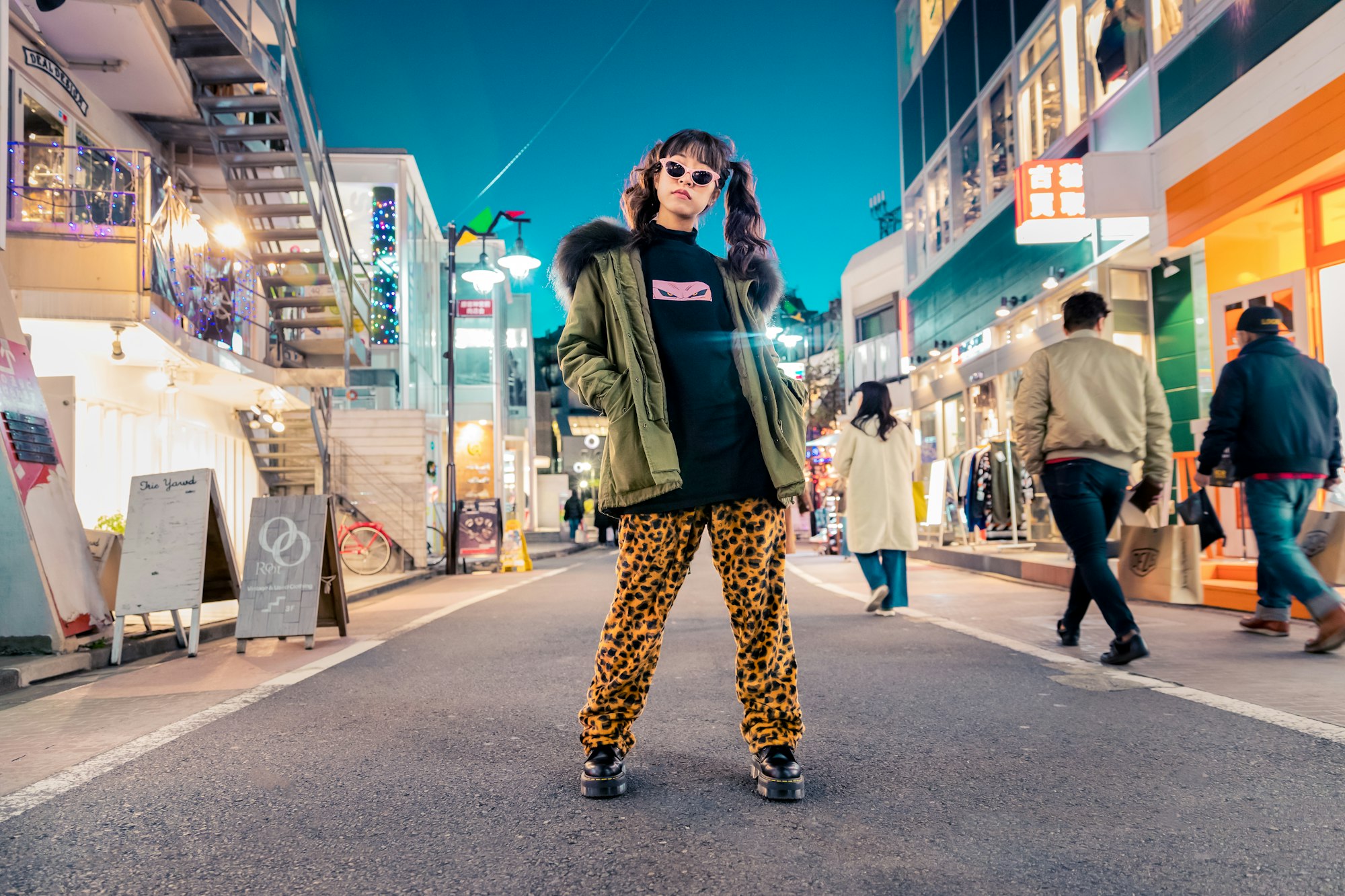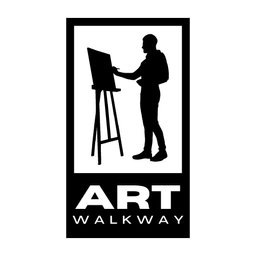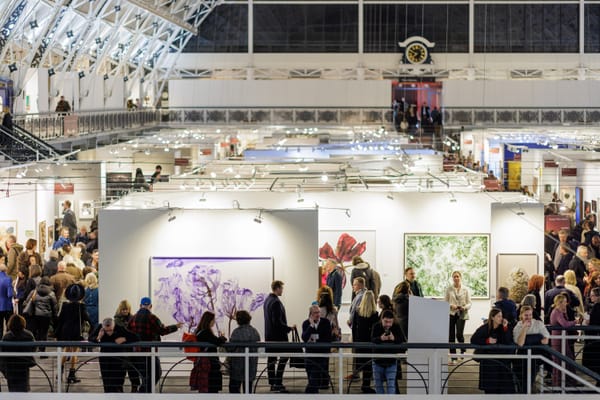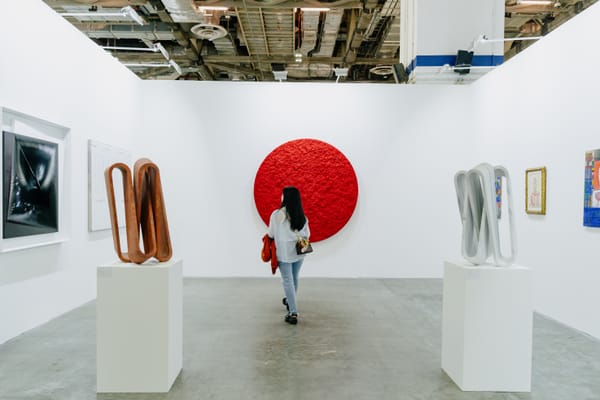The Myth of Discovery: How Emerging Artists Can Build Visibility and Get Noticed
Waiting to be “discovered” is not a strategy — Learn proven strategies for emerging artists to attract curators, build visibility, and grow their art careers in today’s competitive market.

The art world loves a discovery story. The quiet genius in a cramped studio, found by a passing curator, plucked from obscurity into the glow of a biennial. It’s a seductive narrative — and almost entirely fiction.
In reality, the road to “being seen” is a grind. The market is crowded. Museums are broke. Galleries are hedging their bets on safe sellers. And curators, despite their Instagram feeds, are not endlessly wandering warehouses looking for your next show. If you’re waiting for someone to stumble into your studio, you’re waiting for nothing.
We spoke with curators who have actually launched artists into public consciousness — the ones who comb through open calls, follow obscure group shows, and sift through portfolios that range from electrifying to unreadable. Their message is blunt: stop hiding. Go to openings. Meet your peers. Collaborate with people at your own level. Too many artists are waiting for the gatekeepers to knock, when the real entry point is through the side door, via the community already around you.

Networking isn’t a dirty word. It’s the currency. And curators notice when your name keeps surfacing from other artists’ mouths. They also notice when you’ve done the work to make yourself legible — a clear online portfolio, a concise statement, a track record they can trace without scrolling through a mess of half-documented projects.
And then there’s the content. The artists who cut through aren’t just talented — they’re intentional. They know what they’re making, why they’re making it, and how it sits in the cultural weather of now. It doesn’t need to be overtly political. But it needs to be urgent. Curators respond to conviction. They can smell ambivalence.
And if you’re lucky enough to get that first meeting, don’t kill it with fantasy proposals or timelines that dissolve under the first logistical question. Ambition is good. Delusion is not. Know what your work requires in terms of time, budget, and scale. Be ready to collaborate, to take feedback, to adapt. The artists who survive aren’t just the most brilliant — they’re the ones who can navigate the reality of production without burning the bridge halfway through.

This isn’t the romance of being “discovered.” It’s the reality of building visibility in a system that rewards the loud, the present, and the prepared. Waiting is not strategy. Action is.
Most artists reading this will nod along. They’ll agree the system isn’t built to find them. And then they’ll go back to hoping for a miracle.
The ones who don’t? They’ll take the next step. They’ll treat visibility like a practice, not a gift. They’ll know exactly how to open conversations with curators without looking desperate, how to price their work without waiting for a gallery, and how to build audiences that pay — not just applaud.
We’ve seen them do it. We’ve studied how. We’ve broken those moves into field-tested strategies, case studies, and prompts you can put to work in your own practice this week.
It’s not in this public article. It’s in our Artists Playbook — the private, members-only series where we take the gloves off about what actually works in today’s art economy.
It’s where the romantic myth of “discovery” dies, and the real work of being seen begins.
ART Walkway News







